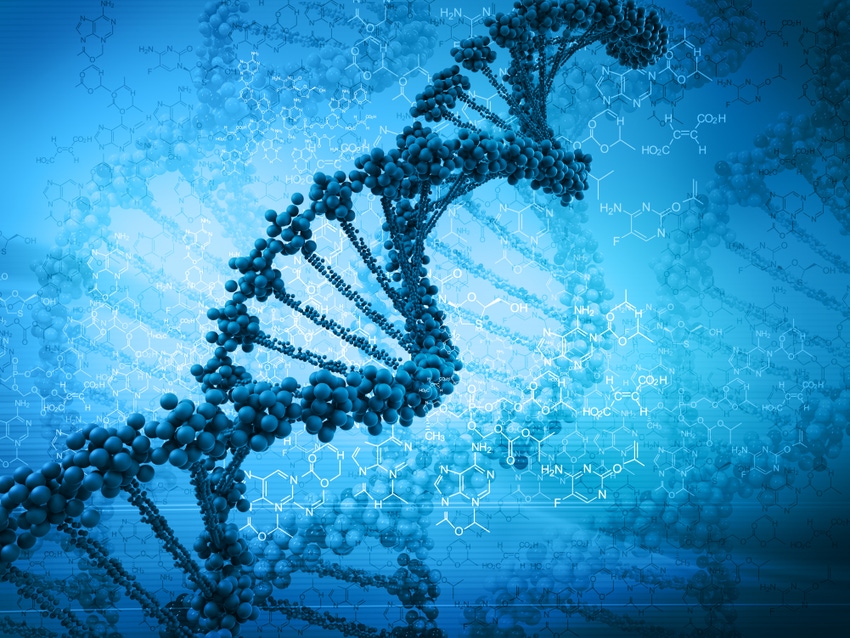Subscribe to Our Newsletters
Feedstuffs is the news source for animal agriculture
"Synthetic incompatibility" could boost safety and effectiveness of applying genetic engineering to control invasive species, produce fuel, prevent disease and more.
October 12, 2017

You May Also Like